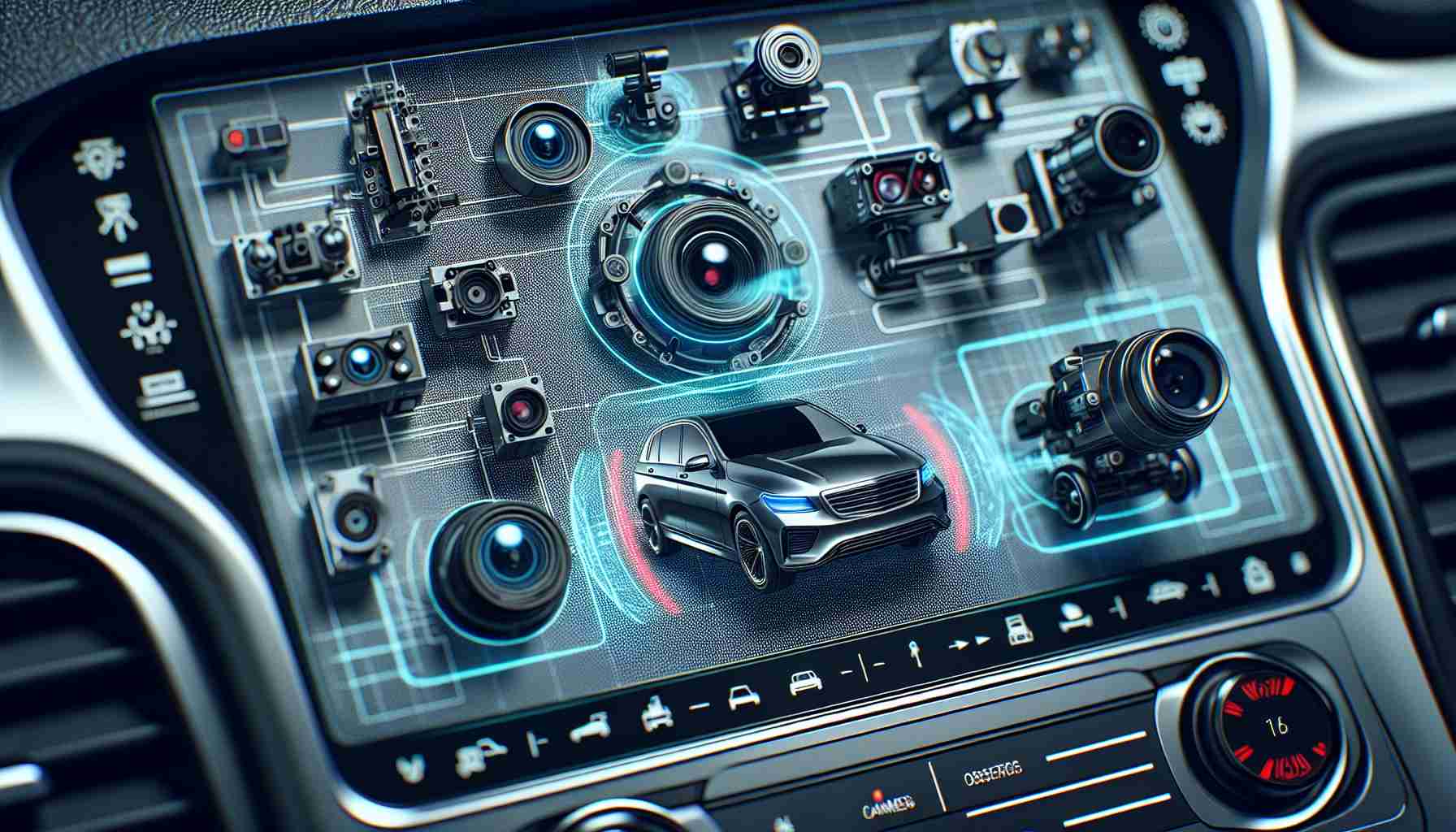Summary:
Advanced automotive vision systems have revolutionized the way vehicles perceive and interact with their environment. These systems utilize cutting-edge technology to enhance safety, enable autonomous driving, and provide a seamless driving experience. This article will explore the different components and features of advanced automotive vision systems, their benefits, and their impact on the future of transportation.
Introduction:
In recent years, automotive vision systems have undergone remarkable advancements, playing a pivotal role in the development of autonomous vehicles. These systems primarily rely on cameras, radar, lidar, and other sensors to capture and interpret the surrounding environment. By analyzing the data in real-time, they enable vehicles to detect and respond to various objects, obstacles, and traffic conditions with exceptional accuracy and speed.
Components of Advanced Automotive Vision Systems
1. Cameras:
Cameras are a crucial component of advanced automotive vision systems. They capture high-resolution images and videos, providing a detailed view of the vehicle’s surroundings. These cameras are often strategically placed on the front, rear, and sides of the vehicle to cover blind spots and aid in parking, lane-keeping, and object detection.
2. Radar:
Radar systems use radio waves to detect the position, distance, and speed of objects in the vehicle’s vicinity. They are particularly useful in adverse weather conditions or low-light situations as radar can penetrate through fog, rain, and darkness. Radar-based sensors provide a reliable means for collision avoidance, adaptive cruise control, and automatic emergency braking.
3. Lidar:
Lidar (Light Detection and Ranging) is an advanced sensing technology that uses laser light to create a detailed 3D map of the vehicle’s surroundings. By emitting laser beams and measuring the time it takes for them to bounce back, lidar systems can accurately detect and measure distances to objects. Lidar sensors are particularly effective in identifying pedestrians, cyclists, and other vehicles, making them indispensable for autonomous driving.
Benefits of Advanced Automotive Vision Systems
1. Enhanced Safety:
Advanced automotive vision systems significantly improve road safety by providing real-time monitoring of the vehicle’s surroundings. They can identify potential hazards, warn drivers of imminent collisions, and even initiate emergency braking if necessary. These systems empower drivers with a comprehensive view of the road, reducing the risk of accidents and enhancing overall safety.
2. Autonomous Driving:
The integration of advanced automotive vision systems is crucial for the development of autonomous driving technology. By continuously analyzing sensor data, these systems enable the vehicle to make informed decisions, navigate complex road conditions, and interact with other vehicles and pedestrians. They are a critical component for achieving fully autonomous vehicles that can operate without human intervention.
3. Seamless Driving Experience:
With advanced vision systems, driving becomes more intuitive and effortless. They assist drivers with parking, lane-keeping, and intelligent cruise control, enhancing convenience and reducing driver fatigue. By providing a comprehensive view of the surroundings, these systems make driving more enjoyable, efficient, and stress-free.
Frequently Asked Questions (FAQ)
Q: Can advanced automotive vision systems work in all weather conditions?
A: Advanced automotive vision systems, such as radar and lidar, are designed to operate in various weather conditions, including rain, fog, and darkness. However, extreme weather conditions with limited visibility might affect their performance.
Q: Are advanced automotive vision systems only available in high-end vehicles?
A: While advanced automotive vision systems were initially found in high-end vehicles, they are increasingly being incorporated into a wide range of vehicles, including mid-range and entry-level models. The advancements in technology have made these systems more accessible and affordable.
Q: How accurate are the object detection capabilities of advanced automotive vision systems?
A: Advanced automotive vision systems have significantly improved object detection capabilities. Using sophisticated algorithms, they can accurately identify and track objects in real-time, making them highly reliable for collision avoidance and autonomous driving.
Sources:
– National Highway Traffic Safety Administration – Automatic Emergency Braking
– ResearchGate – Camera-based Object Detection for Autonomous Driving: A Comprehensive Survey
– ResearchGate – Radar for Automotive: Lidar vs. Radar, An Overview Comparison
– ResearchGate – Principles of Lidar Sensors for Autonomous Vehicles
The source of the article is from the blog enp.gr
